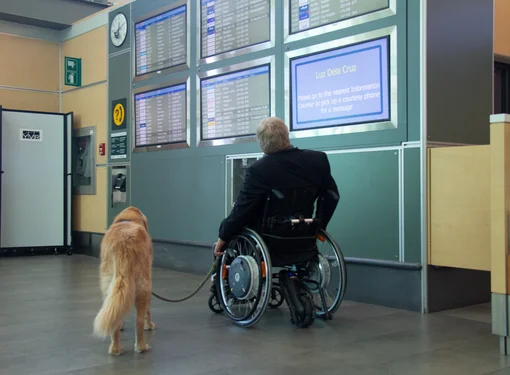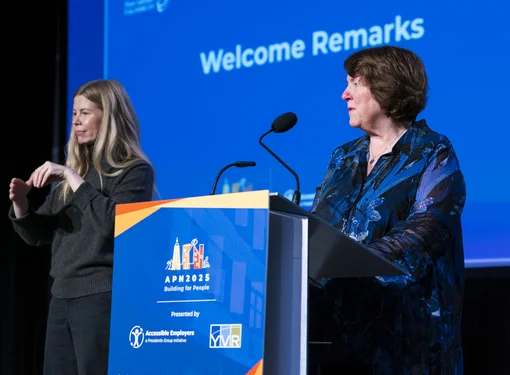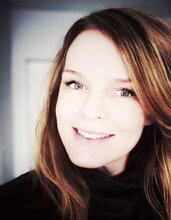Books to Fall in Love With – Autumn 2023 Reading List
Is there any better time to pile up the bedside table with books than fall? There is no shortage of books to escape into with the approach of the dreary weather. The following titles – some new and some not so new – are written by authors with disabilities that have caught our attention.
My Body and Other Crumbling Empires by Lyndsay Medford

Lyndsay Medford, a writer, activist, and theology student, devoted her efforts to dissecting the unsustainable nature of medical, environmental, economic, and social systems from a theoretical standpoint. During a period of remission from her autoimmune disorder, she realized that her own body’s functioning intersected with the core of dysfunction in the systems she studied. Embracing harmony with her body demanded a complete life overhaul, a journey that led to a profound reimagining of the world. This book celebrates the beauty within our limitations and the importance of accessibility and imparts wisdom gained from navigating life with our unique bodies.
Care Work: Dreaming Disability Justice by Leah Lakshmi Piepzna-Samarasinha

This collection of essays dives deep into politics and realities of disability justice, a movement that centres the lives and leadership of sick and disabled queer, trans, Black, and brown people. Leah, a Lambda Literary Award-winning writer, longtime activist, and performance artist, writes about many important topics, including accessibility (and how we, as a society, should strive beyond checklists for accessibility). A powerful and passionate read.
Dancing After TEN by Vivian Chong

In this memoir, presented as a graphic novel, Vivian deftly tells the story of her debilitating medical condition. TEN stands for Toxic Epidermal Necrolysis, a skin condition that causes burns and scar tissue all over the body. For Vivian, this also included an induced coma followed by blindness and temporary hearing loss. When we talk about disability, we often don’t talk about the stuff that happens on the peripheral – how our parents react, how some friends distance themselves, how caregivers can be unkind. Accompanied by cartoonist Georgia Webber, whose graphic autobiography, Dumb, detailed her own disability, Dancing After TEN is a striking work of graphic medicine.
Deaf Republic by Ilya Kaminsky

Poet Ilya Kaminsky was born in the former Soviet Union, which he draws on for his parable in poems that opens with a scene of soldiers breaking up a protest to kill a deaf boy. The gunshot becomes the last thing the citizens hear. They all have gone deaf, and their dissent becomes coordinated by sign language. The story follows the private lives of characters who confront our time’s atrocities and our collective silence in the face of them. Ilya lost most of his hearing at age four after a doctor misdiagnosed mumps as a cold. His family was granted political asylum by the United States in 1993.
Demystifying Disability: What to Know, What to Say, and How to Be an Ally by Emily Ladau

One of our missions here at the Rick Hansen Foundation is to create awareness about the potential of people with disabilities. Emily shares her experience of having the same disability as her mother, Larsen syndrome, a genetic physical disability. Demystifying Disability is a guide to how to make the world a more accessible and inclusive place by being an ally, how to recognize and avoid ableism, be mindful of disability etiquette, how to ensure accessibility becomes standard practice, and how to identify and speak up about disability stereotypes in the media. The disability etiquette section is fantastic.






